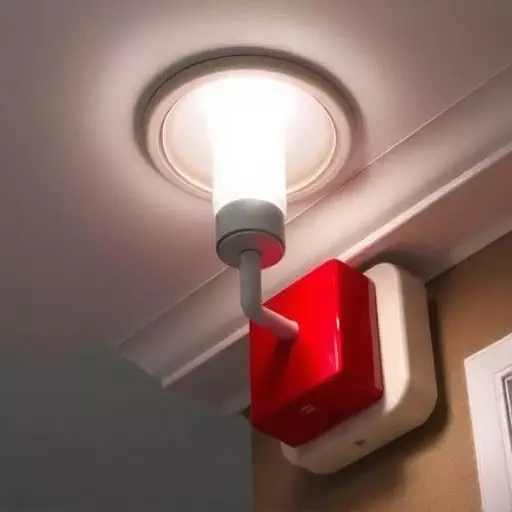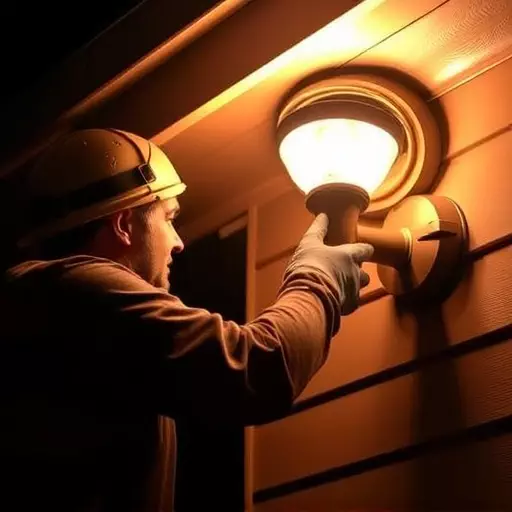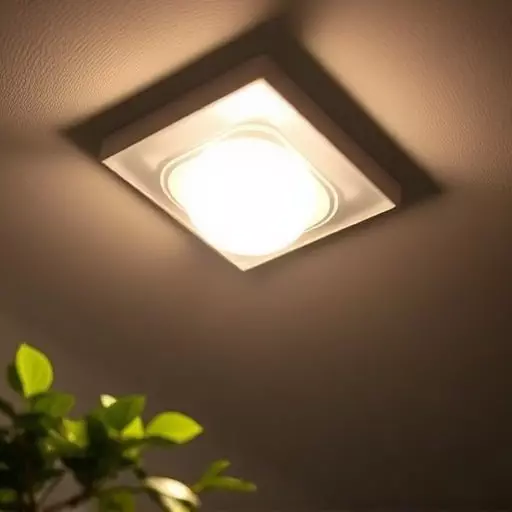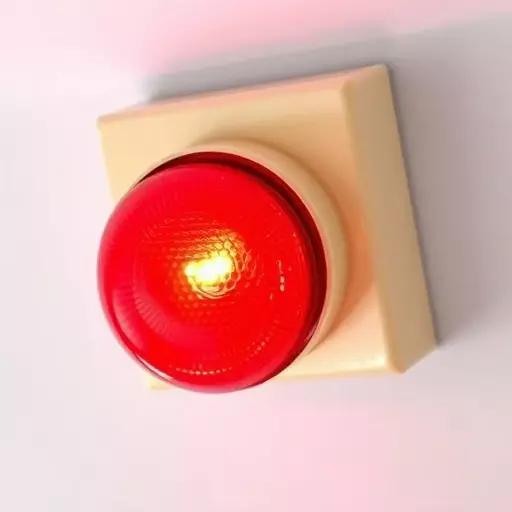Proper emergency light replacement in Spring Lake is essential for safety and compliance. Regular maintenance checks identify burnt-out or flickering lights needing immediate replacement. This process involves bulb exchange and securing electrical connections to meet regulatory standards. Disposing of old emergency lights requires adherence to guidelines, consulting local resources, or using specialized recycling services. By exploring reputable emergency light replacement services in Spring Lake, residents enhance safety, adhere to regulations, and promote responsible disposal for a sustainable community.
In any home or business, emergency lights are a vital safety feature. However, over time, these lights may need replacement. Understanding when and why to replace emergency lights is crucial for maintaining optimal safety standards. This article explores the process of safe disposal for used emergency lights and delves into emergency light replacement services available in Spring Lake, guiding you through essential emergency light replacement guidelines.
- Understanding Emergency Light Replacement: When and Why to Replace
- The Process of Safe Disposal for Used Emergency Lights
- Exploring Emergency Light Replacement Services in Spring Lake
Understanding Emergency Light Replacement: When and Why to Replace

When it comes to ensuring safety and compliance in Spring Lake, proper emergency light replacement is non-negotiable. Emergency lights are critical components of any building’s lighting system designed to provide illumination during power outages or emergencies. Over time, these lights can degrade, becoming less efficient and even failing completely. This is when professional emergency light replacement services become essential.
Understanding the guidelines for emergency light replacement is crucial. Regular maintenance checks should be conducted to assess the condition of the lights. If a light has burned out, is flickering, or its brightness has diminished significantly, it’s time for a replacement. The process involves not just swapping out the bulb but also ensuring the electrical connections are secure and up-to-code. Following these emergency light replacement guidelines helps maintain a safe environment, meets regulatory standards, and ensures your building is prepared for any unforeseen events.
The Process of Safe Disposal for Used Emergency Lights

When it comes time to dispose of old or used emergency lights in Spring Lake, following proper guidelines is essential for both safety and environmental protection. Many emergency lights contain hazardous materials like batteries and fluorescent bulbs that require special handling. Start by identifying the type of light and its components; this will help you understand the disposal process.
Seek out local waste management resources or emergency light replacement services in Spring Lake that can provide information on safe disposal methods. Typically, these services offer recycling programs to ensure hazardous materials are handled correctly, preventing environmental contamination. By adhering to emergency light replacement guidelines and utilizing available disposal services, residents and businesses can contribute to a safer, more sustainable community.
Exploring Emergency Light Replacement Services in Spring Lake

In Spring Lake, exploring emergency light replacement services is a proactive step toward ensuring safety and compliance with local regulations. With proper lighting, businesses and residential areas can maintain clear visibility during power outages or emergencies, helping to prevent accidents and guide people to safety. Reputable service providers in Spring Lake offer specialized knowledge and equipment tailored for efficient and effective emergency light replacement.
These services not only include the supply of high-quality emergency lights but also adhere to specific guidelines for installation and disposal. By following recommended practices, such as those outlined by local building codes or emergency management agencies, Spring Lake residents and businesses can ensure their lighting systems are up to standard. This includes proper recycling or disposal methods for old or faulty lights, which is an essential aspect of sustainable and responsible emergency planning.


